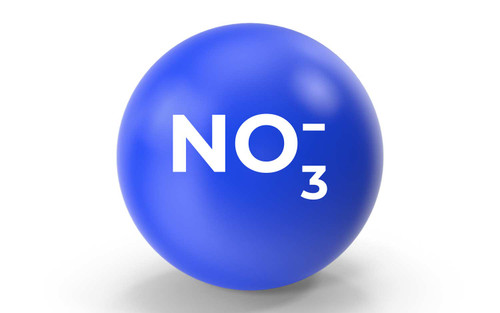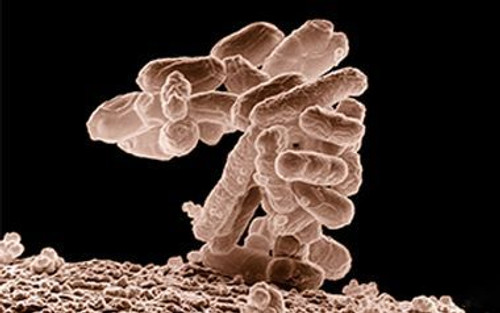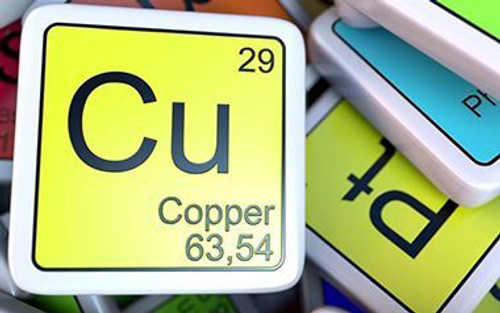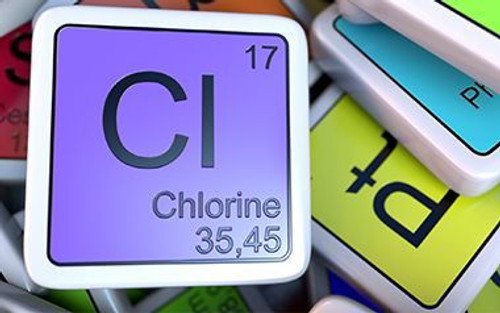What are nitrates in water?
Nitrogen is found in three common forms, nitrate, nitrite and ammonia. Nitrate has the molecular formula NOˉ3, therefore it consists of one nitrogen atom surrounded by three oxygen atoms, with a net charge of negative one.
Nitrate is very soluble in water and commonly found in ground water, levels from 0.1 ppm to 3 or 4 ppm are not uncommon. Nitrates have no detectable taste or smell compared with ordinary substances in water, so nitrate removal processes must either be foolproof or include extensive monitoring of the treated water. High levels of nitrate indicate an anthropogenic source such as fertilizers and farm/human waste. Measuring nitrate is an easy test to determine if your well infiltration field is overlapping your septic system. In concentrations as low as 10 to 20 ppm can cause death in infants, a problem known as ‘blue babies’.
The Nitrates found in drinking water are normally transported by natural ground deposits, and they tend to be harmless to one’s health. Nevertheless, humans have become the primary source of transporting the nitrates in drinking water when fertilizing or manuring their farm fields, to improve their soils. Other contributors of Nitrates in water are animal and human organic wastes. Nitrates can also be found in groundwater, rivers, and streams, and can be transported through irrigation, rain, and sewage disposal systems.
How to remove nitrates from water?
There are generally two acceptable ways to remove nitrates from water: ion exchange technology and reverse osmosis (RO).
Ion Exchange
Ion exchange resins have long been used for nitrate removal from water. Generally speaking, there are two kinds from which to choose: “nitrate-selective” and “standard.” The major difference between them is the relative affinity of multivalent ions like sulfate and arsenate. A fair number of nitrate-selective resins have been synthesized. The two types most widely used for potable water are tributylamine and triethylamine. Both are available with NSF certification for potable water.
Reverse Osmosis
Reverse osmosis works by applying high pressure to the feed water which forces it through semi-permeable membranes. The membranes ensure that all unwanted impurities are filtered from the passing feed water. Reverse osmosis does not focus on the removal of specific contaminants, and therefore performs well in eliminating various contaminants such as nitrates. Up to 95% of nitrates within water are effectively eradicated with the use of reverse osmosis systems, depending upon the original water temperature, quality and system pressure. However, due to the high cost and functionality of RO systems, they are not used as widely as ion exchange systems for the removal nitrate from water.
[custom-specifications]
Why is nitrate contamination a public health concern?
Long exposure to high levels of nitrates in drinking water has been shown to cause serious health problems in infants and the older population, especially those who drink formula made with well water or untreated municipal water. In a child's body, nitrates can be converted into toxic nitrites that interfere with the oxygen-carrying capacity of a child's blood. This condition can cause serious illness and death from a condition called Methemoglobinemia (“blue baby syndrome”).
With the occurrence of human ingestion, nitrate is converted into nitrite and produces N-nitroso compounds when reaching the stomach. These compounds, when introduced in the human body within high nitrate levels of drinking water can increase the development of cancer. However, nitrate in drinking water has continued to remain ignored as a factor in cancer formation from N-nitroso compounds.
[/custom-specifications]
[custom-features]
Pure Aqua offers high quality ion exchange systems which are selected upon the requirements of the specific feed water quality. As the ion exchange media resin loses its effectiveness as a result of continuous usage, the exchange vessels necessitate replacement with fresh vessels in order to operate again. Our systems provide state-of-the-art resin technology that have cost-saving benefits due to long-term effective usage, including unmatched consistency and reliability. Visit our page regarding our top-rated selection of ion exchange water treatment systems to learn more about their unique benefits.
Reverse Osmosis is the best technology for removing nitrates from water, the ion is highly rejected (95%+). Along with NO3, RO systems can remove other pollutant from water. Pure Aqua, Inc. specializes in RO/NF technology, to see Pure Aqua’s standard line of packaged RO equipment visit our reverse osmosis water products page.
[/custom-features]
[custom-usage]
- Water preservation to reduce waste
- Development of high-quality salt for OPEX management
- Consistent success in accomplishing targeted quality of water
- Limited leakage of contaminants and reduced salt use
[/custom-usage]
-
Very satisfying read
Great piece of content for nitrate removal
- Related Project1:
- https://pureaqua.com/bwro-system-2x-864000-gpd-canada/
- Related Project2:
- https://pureaqua.com/reverse-osmosis-system-for-nitrate-removal-from-water-12-gpm-usa/
- Related Project3:
- https://pureaqua.com/ion-exchange-systems-for-nitrate-removal-from-water-15-gpm-usa/
- Related Project4:
- https://pureaqua.com/light-industrial-ro-system-32000-gpd-philippines/
 ENGLISH
ENGLISH ESPAÑOL
ESPAÑOL العربية
العربية PORTUGUÉS
PORTUGUÉS FRANÇAIS
FRANÇAIS













